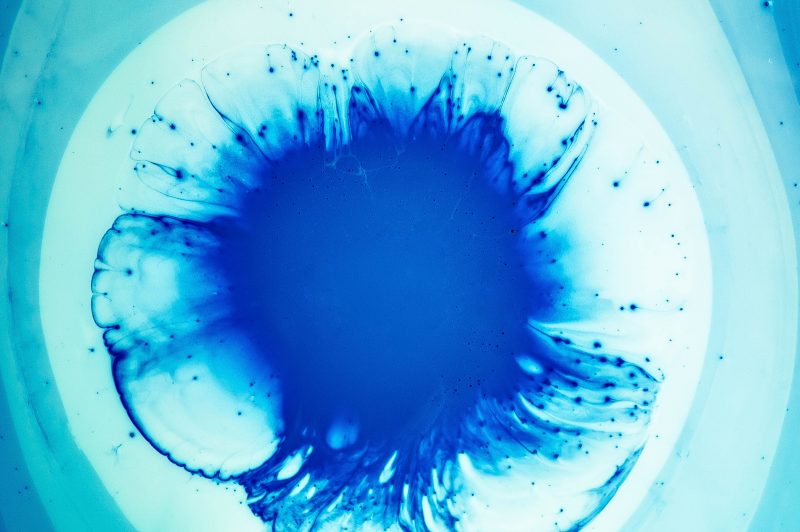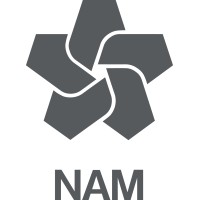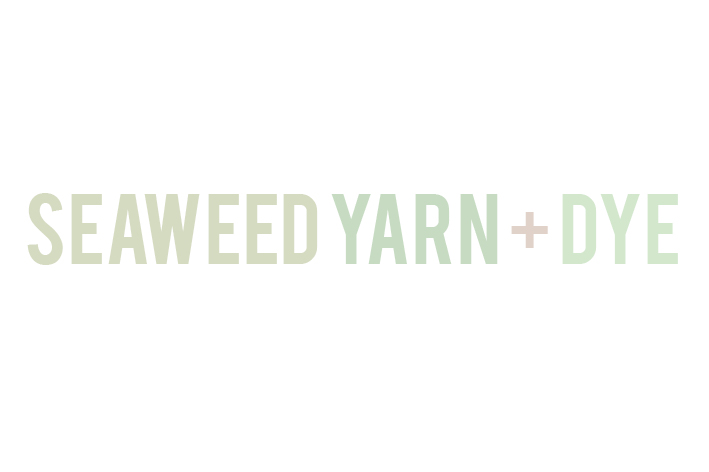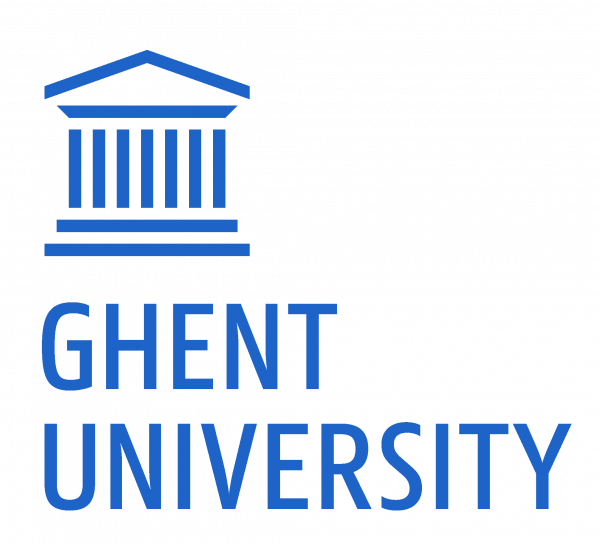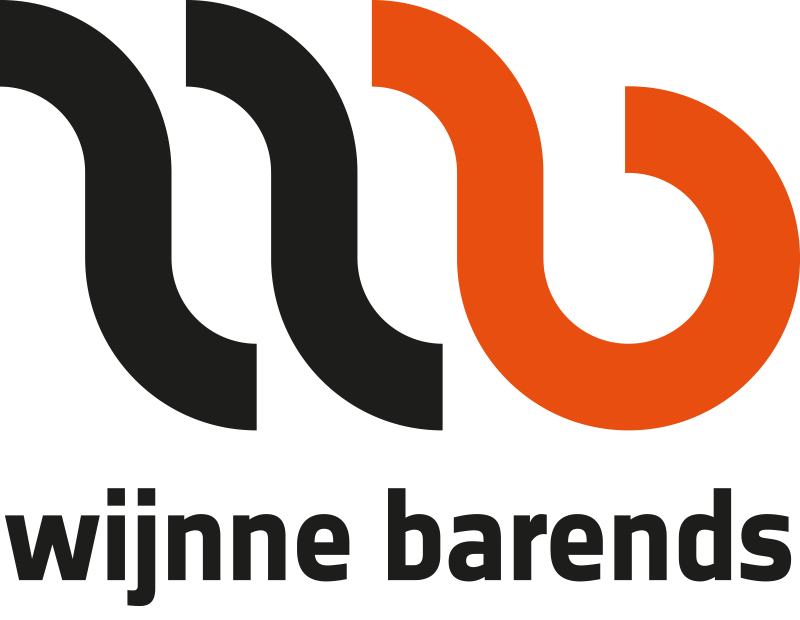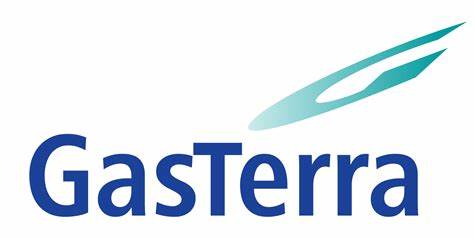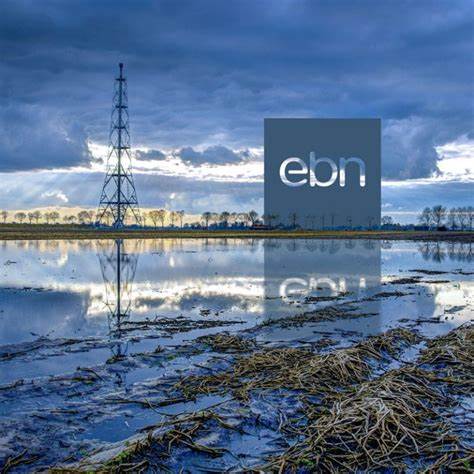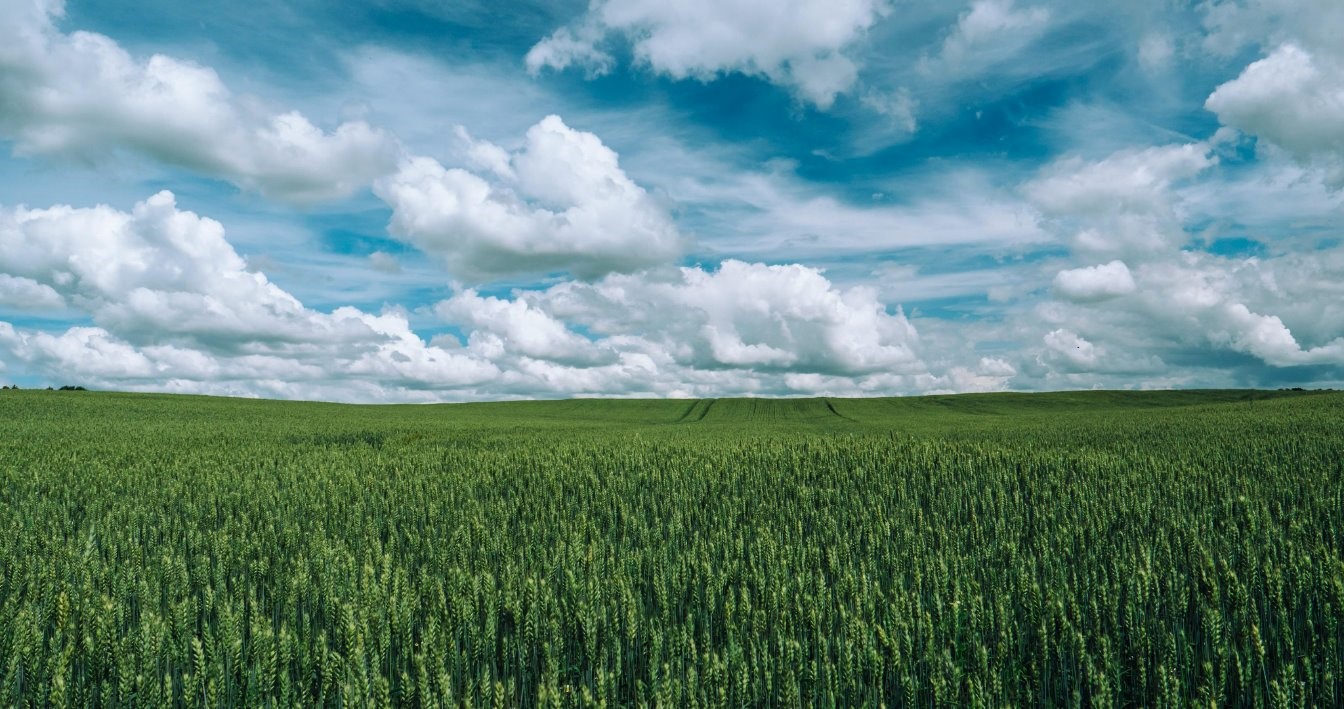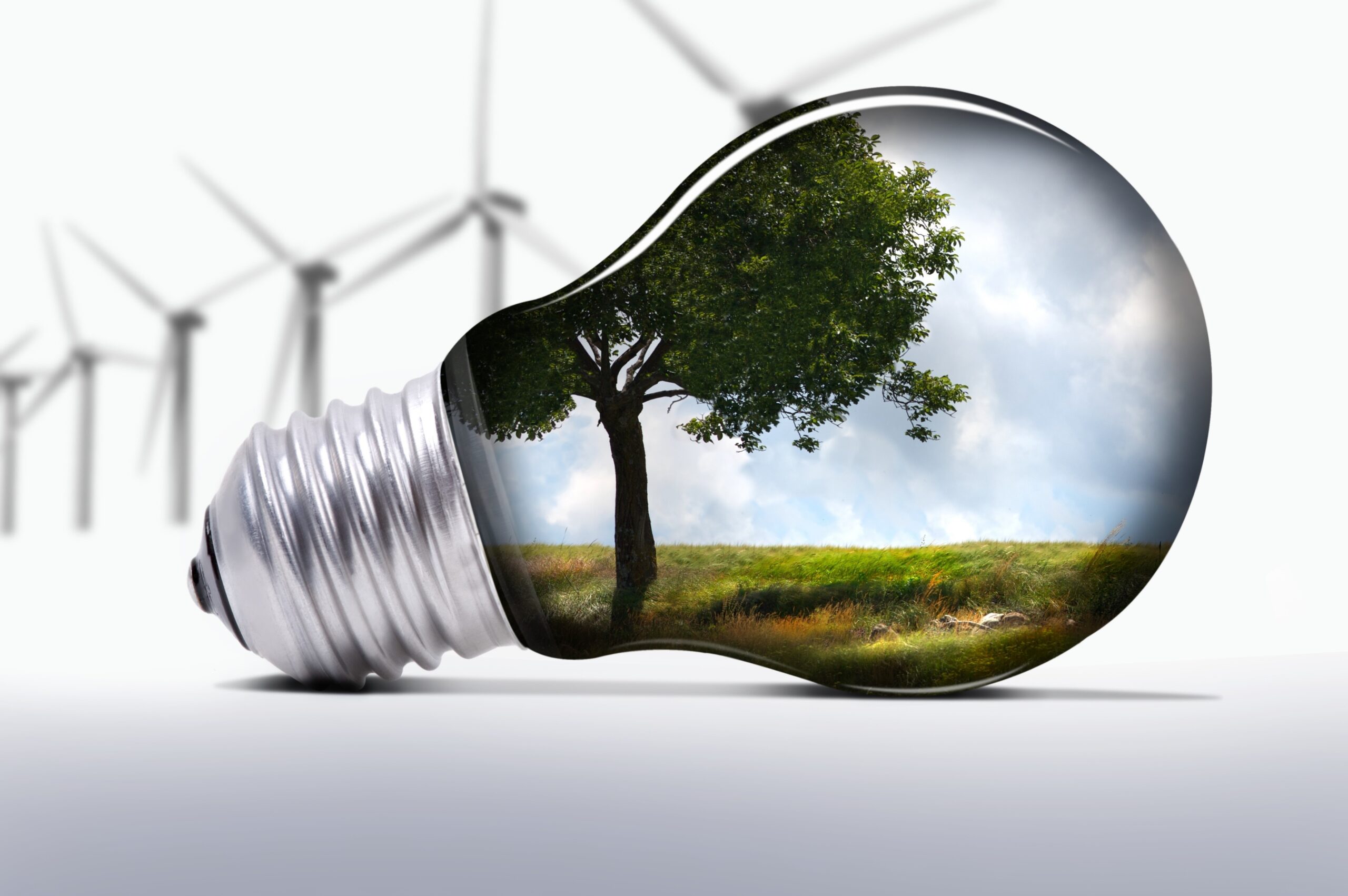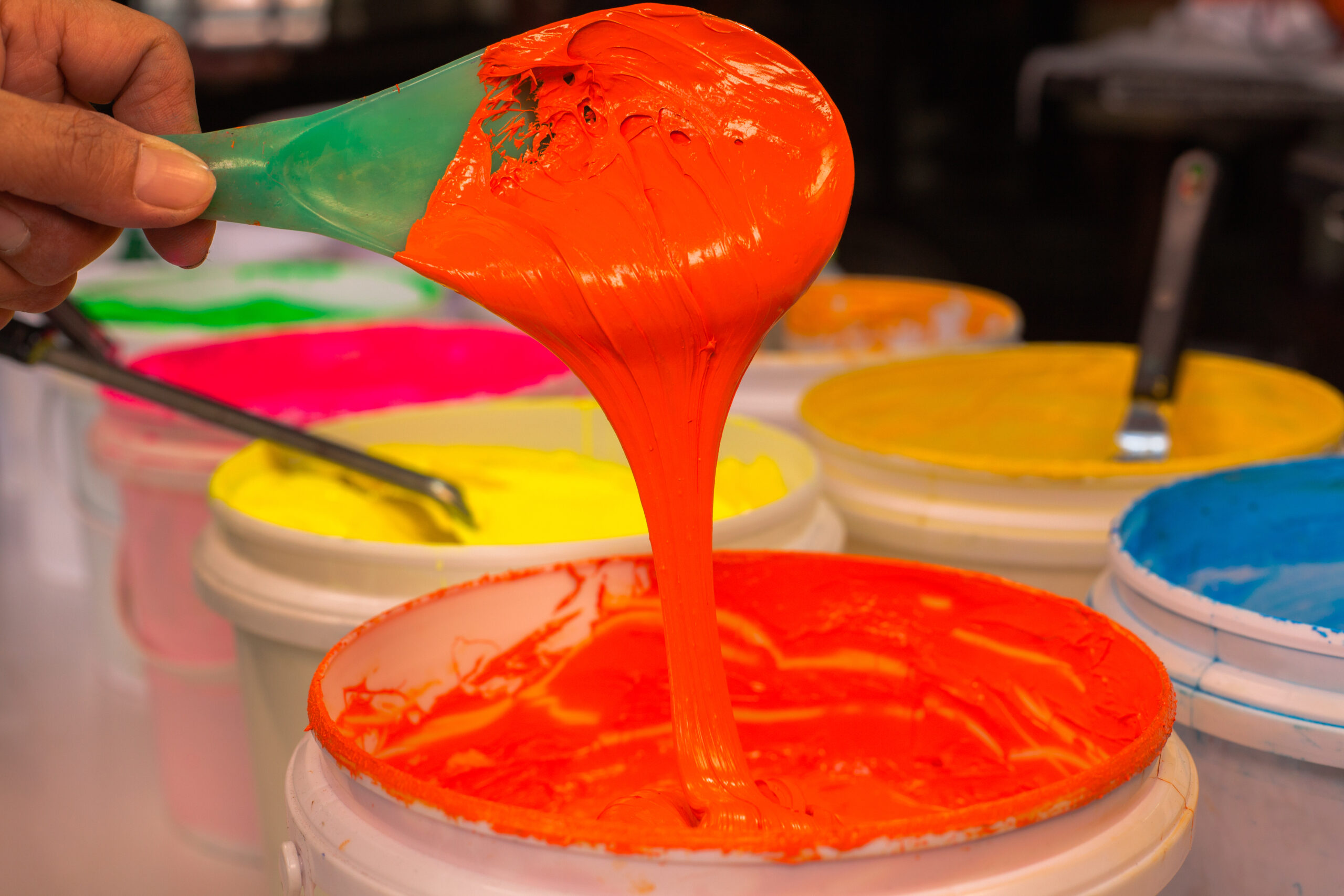The aim is to enrich the existing range, such as the commercial cultivation of micro-algae, good for applications in the food and textile industry, construction sector, pharmacy and cosmetics.
Spirulina offers the greatest potential within the range of bio-based micro-algae because it contains an important source of phycocyanin (blue dye). It can be a valuable substitute for the artificial variety, Brilliant Blue (E133), which has been associated with hyperactivity and other health risks.
Currently, most of the microalgae are imported from Asia or the United States. The planned cultivation in Flanders and the Netherlands must therefore be able to distinguish itself by its high quality. The logistical process from cultivation to processing must also be economically interesting so that there are sufficient buyers of this micro-algae. Greenhouses are ideally suited for this and there are enough people in the region with the necessary technical knowledge to realize this cultivation in a qualitative and efficient manner, subject to some retraining. A special surplus within the project is the cultivation of the aquatic plant duckweed on the wastewater so that it can function as an excellent water purifier.
Large-scale cultivation
“The blue chain” is an impetus to achieve a large-scale cultivation of algae in greenhouse horticulture for the production of blue dye. If this cultivation turns out to be profitable, there will be room for dozens of hectares of microalgae cultivation under glass or on container fields, making the Flemish-Dutch border region a valuable player on a global scale.
20160101 until 20181231




